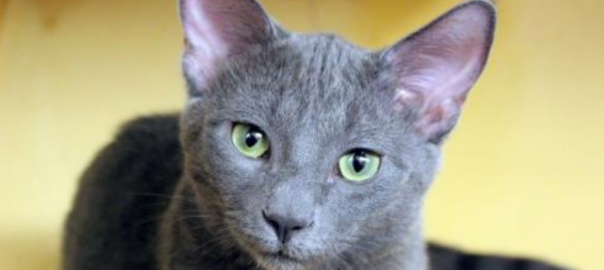Two readers wrote asking about their dogs’ nosebleeds. Here’s what I told them.
Q: My dog had a nosebleed today. Should I take her to the vet or just see if it happens again?
Q: My dog was sneezing and produced bloody mucus for three weeks. An X-ray and flushing out the nose didn’t produce an answer. He is 14 and doesn’t seem to be in pain. What should I do?
A: In both cases, further examination is a good idea. Dogs experience nosebleeds for a number of reasons. Vigorous sneezing caused by foreign bodies, inflammation or infection can damage delicate nasal blood vessels. Trauma such as hitting the nose on a hard surface can cause nosebleeds. Other possible causes include tooth root abscesses, benign polyps or malignant nasal tumors. Spontaneous nosebleeds might result if a dog ingests rat poison, causing reduced production of clotting factors. Nosebleeds can also be linked to heritable conditions such as von Willebrand’s disease, which slows clotting and can lead to prolonged bleeding.
Those are just a few of the possible causes. Other factors include age, size or nose type. Older dogs or dogs with long noses such as greyhounds or collies are more likely to have some type of nasal tumor. Young small- or medium-size dogs are more likely to experience trauma-related nosebleeds, and large dogs are more likely to have rhinitis (inflammation of nasal mucous membranes) of unknown cause. Dogs who go hiking or hunting with owners may be exposed to tick-borne illnesses, foreign bodies or rodenticides that affect nasal passages and cause bleeding.
A thorough medical history and complete physical exam — from eyes to rear end — can help veterinarians determine a not-so-obvious underlying cause. Basic diagnostics include a complete blood count (CBC), general chemistry, urinalysis and blood pressure. A CT scan or rhinoscopy may be necessary as well.
Read more in Pet Connection, the weekly nationally syndicated pet feature I co-write with Kim Campbell Thornton and my daughter, trainer Mikkel Becker.




